- Home
- Michael Phillips
Angel Harp: A Novel Page 3
Angel Harp: A Novel Read online
Page 3
Driving on I found Fort William delightful. I walked the whole length of the town and back, glancing up occasionally at Ben Nevis, Britain’s highest mountain, standing solemn guard several miles outside of town. I had to laugh to myself. They were so proud of this mountain. Yet I was from Canada where the Canadian Rockies would dwarf Nevis to less than a foothill.
Then I realized that another aspect of Scotland’s magic was that very pride. The Scots were proud of everything—every hill, every town, every loch, each little glen, each brown peat-colored stream, every Pictish stone. Everything had a name. There were stories connected with every inch of Scotland. You couldn’t turn around without encountering someplace that Robert Burns or Lady Caroline Nairne or Neil Gow or J. Scott Skinner had written a ballad about.
I perused a dozen or more shops with yet more tartans and kilts and woolens and folk music. Though I was only midway through my first day, I had already begun to recognize some things and know a little of what they meant. In every shop I recognized the bright red Royal Stewart tartan and knew that Mary Queen of Scots, King James who commissioned the King James Bible, and Bonnie Prince Charles Edward Stewart were all of the famous Stewart line of Scottish kings and queens. By now I had heard the ballad of the MacDonalds of Glencoe three or four times in various shops and was picking up more and more details about the clan rivalry between the MacDonalds and the Campbells and why theGlencoe massacre was such a prominent turning point in Scottish history.
I still wasn’t sure who the Jacobites were, or what the Jacobite rebellion between England and Scotland was about—though I was pretty sure Scottish independence, Catholicism, Protestantism, and a dispute over Britain’s monarchy were at the heart of it. I learned that it had culminated in a famous battle at Culloden near Inverness in 1746, led by Bonnie Prince Charlie for the Scots and the Duke of Cumberland for the English. I had been only a few miles from the battle site. If only I hadn’t been in such a hurry to drive south the day before, I might have visited it. But then I had never heard of Culloden. I would have to stop there when I returned to Inverness in three weeks.
The more about Scotland’s past I learned, the more it dawned on me that I had already played probably a third of the songs I was hearing and was even vaguely familiar with their words—Speed, bonnie boat, like a bird on the wing, over the sea to Skye… carry the man who’s born to be king, over the sea to Skye. But I had known nothing of their significance. Now I knew that particular song was a ballad recounting Prince Charlie’s dramatic escape to Skye after his defeat at Culloden.
It was amazing what you could learn from tourist shops and folk music and posters and maps and guidebooks.
In Fort William I bought several CDs and began playing them in the car as I continued my travels. After leaving Fort William, by the time I made my way into the desolate valley of Glencoe, with awe-inspiring peaks rising on both sides of me, I was ready to glean far more from the Glencoe Visitor Centre than I would have been able to even that same morning. Here I was actually at the site of the ancient home of the Glencoe MacDonalds whose ballad I had been listening to since my arrival. I watched the video about the massacre and the history leading up to it, and gradually more of the pieces of the intricate, fascinating, colorful puzzle of Scottish history began to fit together.
The first night of my travels I spent at a bed-and-breakfast in Oban, another memorable town.
I continued to make my way through the mountainous, watery west of Scotland, then east to Stirling, and again north through the middle of the country and the Grampian Highlands. I stopped at most of the tourist places because I thought I should—Bannockburn and Stirling, for instance, and several famous castles. It was good to continue expanding my sense of the colorful history the Scots were so proud of.
I was in no hurry. I stopped whenever the fancy struck me.
At Bannockburn I learned about the Scottish fight for independence led by William Wallace (aka Mel Gibson) and Robert the Bruce, culminating in the famous Battle of Bannockburn in 1314 when “the Bruce” defeated English King Edward. I was progressing geographically backward through history as I went—from Inverness and Culloden in 1746, to Glencoe where the massacre had taken place in 1692, to Stirling and the Battle of Bannockburn of 1314. But somehow the sequence of my travels didn’t matter. I began to feel proud of myself as I was able to connect the dots and understand more and more of this fascinating history.
It was amazing to me how thoroughly the music—the songs of the people—told Scotland’s story. I doubted you would learn much about U.S. history, for instance, no matter how many times you listened to “My Darling Clementine” or “The Yellow Rose of Texas” or “Swanee River.” But if you carefully listened to the words of “Scots Wha Hae” or “Land o’ the Leal” and the numerous ballads about Bonnie Prince Charlie, you did begin to gain a sense of the flow of the history of Scotland. It was folk music that, taken all together, told a cohesive story of a people and their land.
The drive back north from Stirling through Pitlochry and to Braemar and Ballater and Banchory along the shores of the river Dee toward Aberdeen was spectacular in its quiet and desolate grandeur. They were all lovely towns, and the constantly changing landscape was breathtaking. During this whole time, though music occupied such a pivotal place in my learning of the history of this land I was visiting, I did not take out Journey to play. It couldn’t be just anywhere. I was waiting for the right time and the right place. Somehow I had not felt that yet. I was confident I would know when that time had come. I had dreamed of playing on that heathery crag or windswept cliff overlooking the sea, and I was determined that it be the perfect cliff or crag. Even when I was alone in my B and B room each night, something prevented my getting the harp out of its case and running my fingers up and down its strings.
For years this particular harp more than any of the others had been my comfort, my solace. I suppose I would say it was my truest friend, the companion I had known almost longer than anyone, though not longer than the Ring. Especially was that true now that my mother and husband were both gone and my father was half a continent away. I really was one of those people you hear about who are “alone in the world.” It may sound strange, but my harp knew me more deeply than anyone, more deeply, I think, than even my husband had. The melancholy strains that came out of it were more than mere music, they were me. The music was an expression of the deepest places of my being. The music of my harp reflected the pulse of my personality as nothing else could. The first time I had set my fingers to a harp, before I knew anything about it, I knew I had discovered a musical soul mate.
Over the years the music of my harp had come to be one with the invisible undulations of my temperament. I was most completely myself, most deeply in harmony with everything it meant to be “me,” when alone and quietly making soft melodies upon its strings. The music of the harp and my own depths of personhood, were of a single vibration. When they resonated together, I felt whole, complete, and one with life… one with myself.
Now my friend was silent. I didn’t know why.
But I was content to let her remain silent until the time came for her to speak her melancholy mysteries once again into my soul.
Chapter Five
Port Scarnose
I sit on a knoll and I view the ocean;
My bosom is swelling with keen emotion.
And hear the lark trilling it high in cloudland;
The mavis’ notes echoing through the woodland.
—Angus MacEacharn, “I Sit on a Knoll”
A week had gone by when again I found myself in the north, not far from where I had begun. I had driven through spectacular Highland passes and along desolate moors that stretched for miles. I had taken several long walks along rugged hilltops and through forests and along the loveliest peat-brown streams. I had seen numerous Highland cattle and sheep along the way.
But the moment I was waiting for with my harp had not yet come.
A third of my tri
p was over. I began to wonder if I was expecting some magical moment that was never going to come.
There was no place else I was particularly eager to visit. I suppose I could have gone to Edinburgh and Glasgow and Aberdeen and spent a week in the big cities. I might tour Scotland’s dozens of famous castles and gardens and distilleries and more of its ancient historic sites. Culloden was still on my list, but not much else. I was ready to stop driving about. I had had my fill of being a tourist and going to visitors centers and shops. I wanted something deeper than superficialities. I wanted to connect somehow, though with what I wasn’t sure—with the essence of this land I had come to explore. How could you connect in a tourist shop?
What was it that connected people with one another? Why were some people lonely and others not? Lonely people lived in isolation. But if you were part of a community, there were connections… people connections. What is a community, after all? It’s just a group of people that you care about and who care about you. When I was at school, either in the classroom or with the teachers and other aides, I was part of a little community there, too. Connections.
That’s what I was missing in Scotland, the sense of community. How could a tourist experience that connection when speeding by, observing, taking pictures, buying souvenirs? There’s no time to connect.
I needed to slow down, perhaps stay in one place for a while and just let whatever I had come for sink in. Maybe that’s what you had to do if you truly wanted to know a place. But where? There was no one place, no perfect quaint little village that epitomized the essence of Scotland.
I realized that it wasn’t possible to interact, to “connect,” with a whole country all at once. I had been driving a week but had no sense of place, no sense of belonging.
Perhaps the specific place didn’t even matter. To touch Scotland, maybe I had to touch some real place—it didn’t matter where—and become part of it, for however brief a time. Fairy-tale places didn’t exist in real life. I had driven down the winding road into Pennan where Local Hero was mostly filmed. But there was no connection there either. Local Hero, like Braveheart, was a movie.
But what about real life?
These towns and villages I was traveling through were like towns and villages everywhere. They were places where people lived and worked. They weren’t Hollywood sets. They weren’t plots from a book. They were communities.
I found myself along the coast between Inverness and Fraserburgh the day after leaving Pennan. It wasn’t as desolate and wild as the western coast. But I liked it. Something about it drew me more than anywhere I had been up till now except for Glencoe. As I drove through one after another of its coastal fishing villages, Irealized I was no longer seeing tour buses. The region wasn’t remote but was certainly off the most highly traveled tourist routes. Everything probably looked about the same as it had a hundred years before—gray stone houses, slate roofs, fishing boats in the harbor, little village shops. No malls, no motorways, no tour buses. People were just going about their lives the way people did everywhere.
Most of the sizable towns along the coast were really three towns in one—an old town, a sea town, and a new town.
The sea town usually sat at the water’s edge and comprised small, unassuming former fishermen’s cottages, all of nearly identical simple stone construction. Usually they were arranged in a hodgepodge, as if someone had built his house pointing in one direction, then someone else had built his pointing in another direction, then someone else had built another pointing in yet a third direction, with no planning, no streets, little semblance of order or uniformity, until there were two hundred houses thrown together without a plan. Then all were painted, or partially painted, with different color schemes, creating a random but peaceful chaos of disorder.
Rising above the sea town, statelier houses, often two story, of the same granite block, some of lighter quarried sandstone, rose in more orderly array and along recognizable streets overlooking the sea town. These houses were more varied and were rarely painted except for the stones about the doors and windows. They might be small or large, sometimes elegant, though always stark in the way granite cannot be other than stark. They might be as simple as afisherman’s cottage or have enclosed porches and gables and dormer windows. These were the former schools and banks and homes of merchants and the well-to-do.
Then farther up and away from the coastline were the suburbs, you might say—the newly constructed homes and apartment buildings—all probably nice and cozy inside, but uninteresting and unappealing with their modern plaster walls and orange roofs rather than the blue-black slate roofs of traditional Scottish construction.
From a distance, as you approached, you could usually see all three “towns” as clearly distinct groups of houses and buildings.
The day was advancing as I drove through one such village called Findectifeld. As I left the main road I made my way first to the sea town and along past its harbor, then up a steep street to the larger and more elegant homes of the old town. I think it was the prettiest little town I had seen yet. Gradually I climbed up the hill and back to the main road past the brick and plaster homes of the new town.
For some reason I did not want to continue farther west, and as I drove out of the village I circled back the way I had come.
Two or three miles on I retraced my way through a village called Port Scarnose. Driving now slowly through its streets for a second time, between stone houses of granite, everything clean and bright, most with colorful little gardens or flower boxes, I became enchanted. Blooming flowers were everywhere! Port Scarnose sat on a little promontory that jutted out into the North Sea. Within two or three minutes I emerged onto its coastal promontory called the Scar Nose perhaps eighty feet above the water. I stopped briefly and just took in the scene. The day was clear. Across the widening Moray Firth I could barely make out the hills of Sutherland in the distance.
I made my way on the coastal road along the headland above the harbor and to the end of the rugged point of the jagged promontory, then back and through every street of the village one after another. A girl with red hair scampered by on the pavement.
There sure were a lot of redheads in Scotland!
The girl’s appearance and gait caught my eye. I slowed and watched her a moment. Even as I did, a huge black BMW came creeping along the street toward me. Its personalized license plate arrested my attention… B-U-C-H-A-N.
I did a double take and smiled. The car with the significant plate was bigger than any car I’d seen in Scotland. The sight caught me off guard and I stared at it briefly in astonishment.
Almost as if the car itself had been reading my thoughts, it slowed and stopped. I eased past it along the narrow street, glancing into its windows as I went by. They were tinted dark and I saw nothing. I had the creepy feeling I was the one being watched! As I drove on I glanced into my rearview mirror. The black limo still sat there. Perhaps whoever was inside was watching someone else. I saw the girl turn into a lane and disappear from sight. The next moment, the BMW inched forward, then gradually sped up and moved away in the opposite direction.
I continued to the end of the street and on through the town. I saw no more suspicious vehicles. It was a simple village. Wash hung out on clotheslines. People were walking their dogs. Women in aprons spoke to one another across low stone fences. Old men with ties and coats and caps and canes walked leisurely about or sat talking on various benches positioned at intervals along the headland.
There didn’t appear to be a tourist for miles. Except me, of course.
It did not take me long to fall in love with this town!
I began scanning the streets for a B-and-B sign. Whatever else I was going to do, I knew I wanted to stay here at least for the night. As idyllic as it appeared, how could I possibly know that dark secrets were hidden behind the doors of this peaceful place, and that before I left Scotland I would be drawn into the very center of them?
I continued again through Port Scarn
ose’s streets, seeing only two B and Bs in the whole village. As I came to the edge of town and was turning around, I saw a sign that read “Moray Coastal Trail” pointing to a walking path leading along the headland out of town. I parked nearby and struck out along the path.
The way led along the edge of the coastline away from the town west toward Findectifeld, which I had driven through twenty or thirty minutes earlier. I was perhaps twenty or thirty meters above the sea. The rocky headland jutting in and out, with boulders and caves all covered with colorful sea grasses and flowers, presented the loveliest picture to the senses that I think I had yet seen. Multitudes of birds flew about. Down in a little hollow halfway to the bottom two rabbits scampered through tufts of grass. The water of the sea was unbelievably clear and blue-green near the shore the way I imagined the Mediterranean. I’d always thought of the North Sea as gray and dreary and practically filled with icebergs. But this was a spectacular coastline.
I reached a little crest along the path. A bench sat overlooking the sea. I stopped and sat down. It was so peaceful and quiet. The sea stretched out in front of me in half a dozen distinct colors. It looked like an artist’s canvas. Rain had been threatening all day. The sky was a menacing gray-black to the west where the sea was dark and foreboding. But as I cast my gaze east, the sky was brilliant, and the water below me many exquisite colors of blue and green, rich and translucent close to shore, fading to deeper shades farther out.
It felt so tranquil as I sat there. If anything could give me the same feeling of oneness with myself as did my harp, it would be the sea. I have always loved the ocean. Just being near it fills me with contentment—whether it is walking along a sandy beach, swimming in the surf where the water is warm enough, walking along a high rocky cliff, or just sitting and staring out at the constant ebb and flow of the tide.

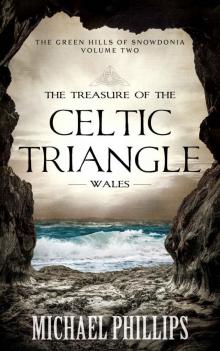 The Treasure of the Celtic Triangle- Wales
The Treasure of the Celtic Triangle- Wales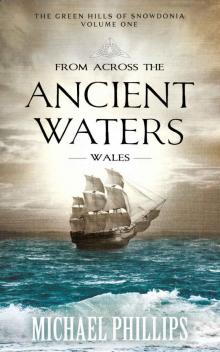 From Across the Ancient Waters- Wales
From Across the Ancient Waters- Wales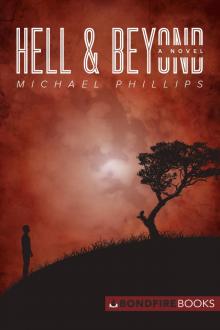 Hell & Beyond
Hell & Beyond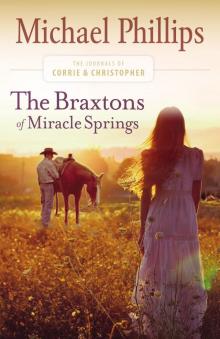 The Braxtons of Miracle Springs
The Braxtons of Miracle Springs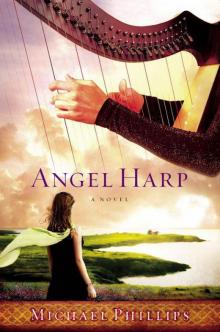 Angel Harp: A Novel
Angel Harp: A Novel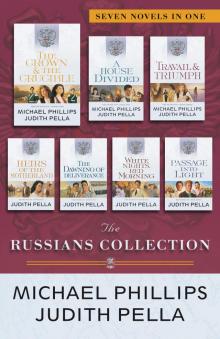 The Russians Collection
The Russians Collection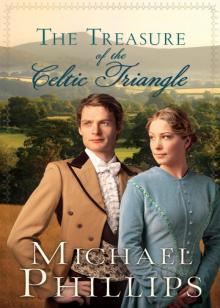 Treasure of the Celtic Triangle
Treasure of the Celtic Triangle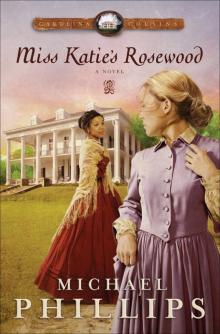 Miss Katie's Rosewood
Miss Katie's Rosewood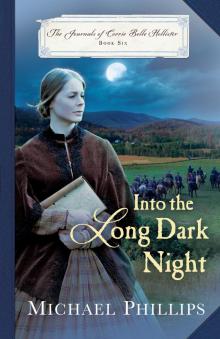 Into the Long Dark Night
Into the Long Dark Night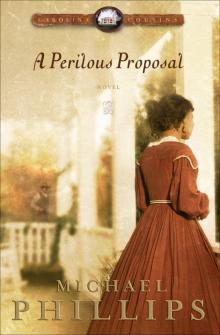 A Perilous Proposal
A Perilous Proposal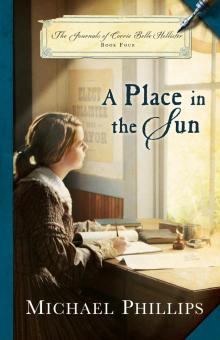 A Place in the Sun
A Place in the Sun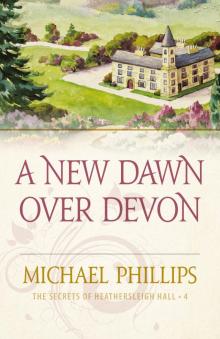 A New Dawn Over Devon
A New Dawn Over Devon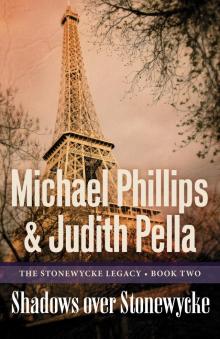 Shadows over Stonewycke
Shadows over Stonewycke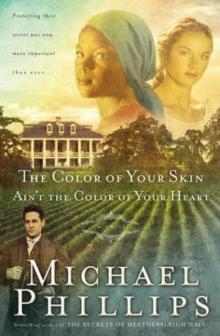 The Color of Your Skin Ain't the Color of Your Heart
The Color of Your Skin Ain't the Color of Your Heart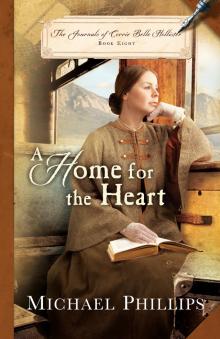 A Home for the Heart
A Home for the Heart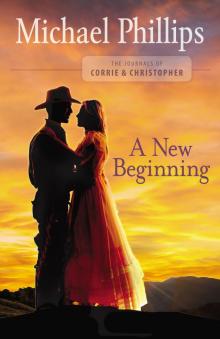 A New Beginning
A New Beginning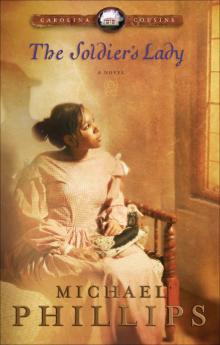 The Soldier's Lady
The Soldier's Lady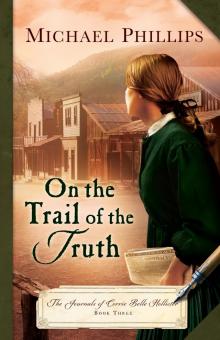 On the Trail of the Truth
On the Trail of the Truth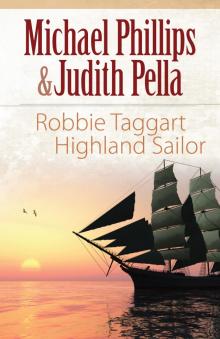 Robbie Taggart
Robbie Taggart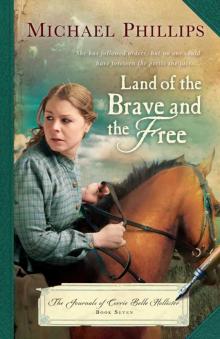 Land of the Brave and the Free
Land of the Brave and the Free The Inheritance
The Inheritance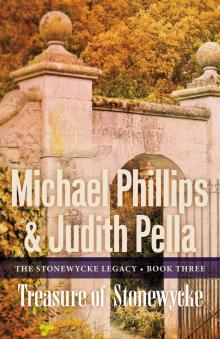 The Treasure of Stonewycke
The Treasure of Stonewycke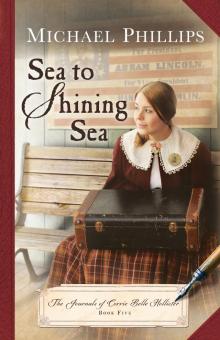 Sea to Shining Sea
Sea to Shining Sea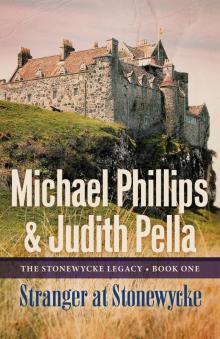 Stranger at Stonewycke
Stranger at Stonewycke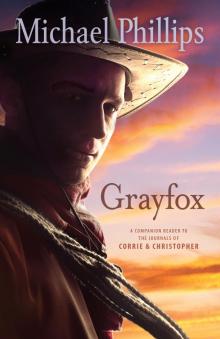 Grayfox
Grayfox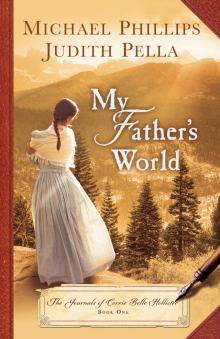 My Father's World
My Father's World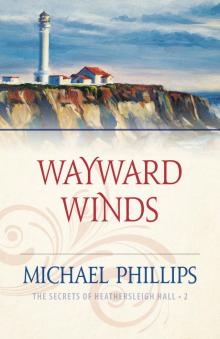 Wayward Winds
Wayward Winds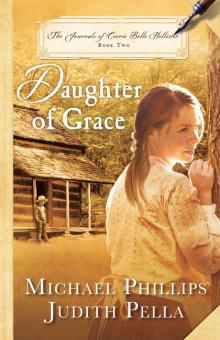 Daughter of Grace
Daughter of Grace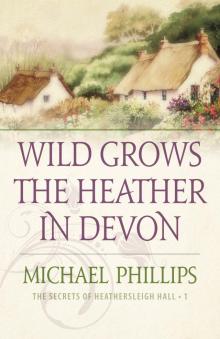 Wild Grows the Heather in Devon
Wild Grows the Heather in Devon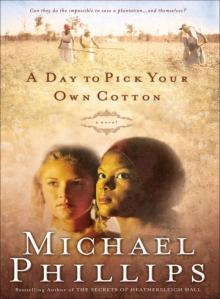 A Day to Pick Your Own Cotton
A Day to Pick Your Own Cotton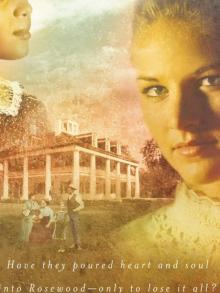 Together is All We Need
Together is All We Need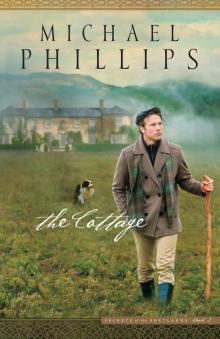 The Cottage
The Cottage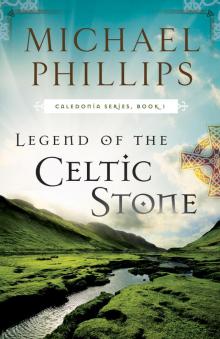 Legend of the Celtic Stone
Legend of the Celtic Stone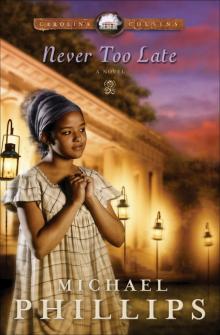 Never Too Late
Never Too Late Jamie MacLeod
Jamie MacLeod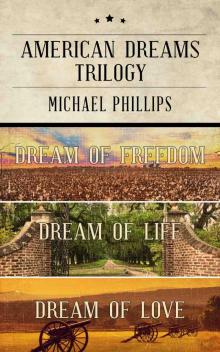 American Dreams Trilogy
American Dreams Trilogy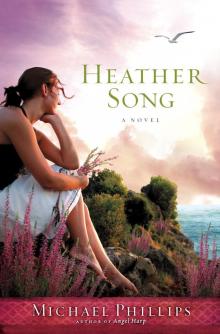 Heather Song
Heather Song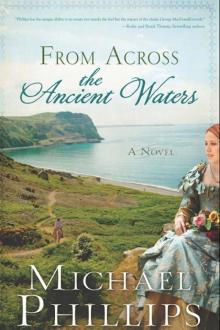 From Across the Ancient Waters
From Across the Ancient Waters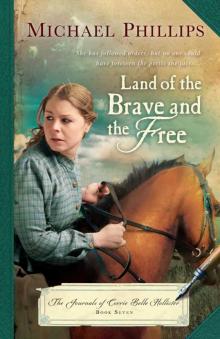 Land of the Brave and the Free (Journals of Corrie Belle Hollister Book 7)
Land of the Brave and the Free (Journals of Corrie Belle Hollister Book 7)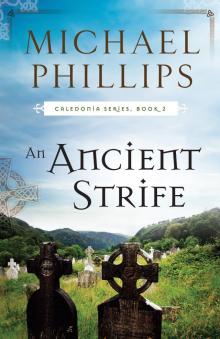 An Ancient Strife
An Ancient Strife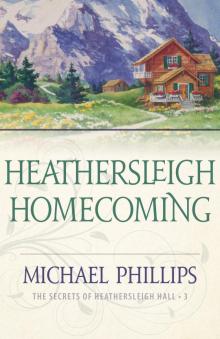 Heathersleigh Homecoming
Heathersleigh Homecoming